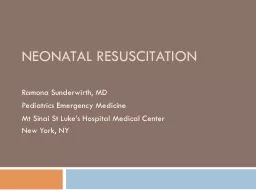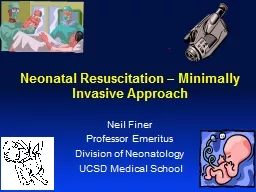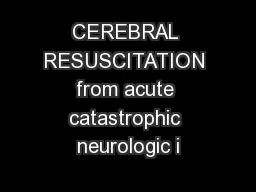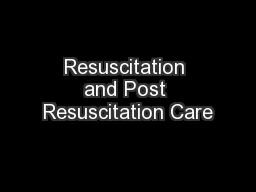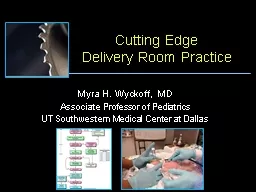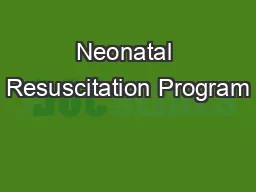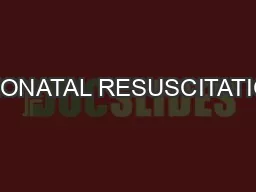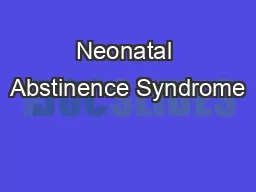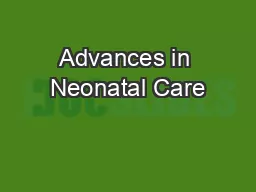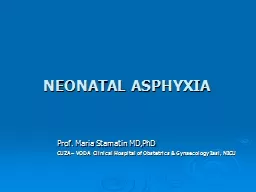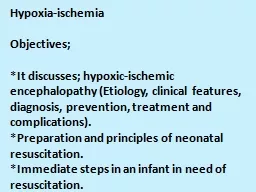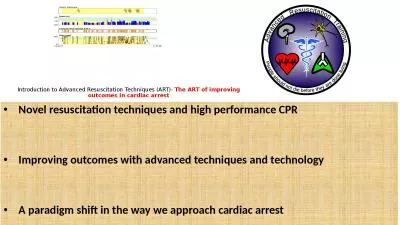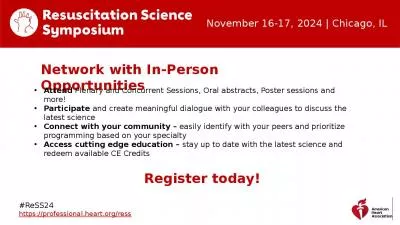PPT-NeoNatal Resuscitation Ramona Sunderwirth, MD
Author : v2nant | Published Date : 2020-06-23
Pediatrics Emergency Medicine Mt Sinai St Lukes Hospital Medical Center New York NY Neo Natal Resuscitation Course Foundations Preparing for Resuscitation Initial
Presentation Embed Code
Download Presentation
Download Presentation The PPT/PDF document "NeoNatal Resuscitation Ramona Sunderwir..." is the property of its rightful owner. Permission is granted to download and print the materials on this website for personal, non-commercial use only, and to display it on your personal computer provided you do not modify the materials and that you retain all copyright notices contained in the materials. By downloading content from our website, you accept the terms of this agreement.
NeoNatal Resuscitation Ramona Sunderwirth, MD: Transcript
Download Rules Of Document
"NeoNatal Resuscitation Ramona Sunderwirth, MD"The content belongs to its owner. You may download and print it for personal use, without modification, and keep all copyright notices. By downloading, you agree to these terms.
Related Documents

